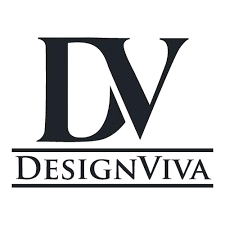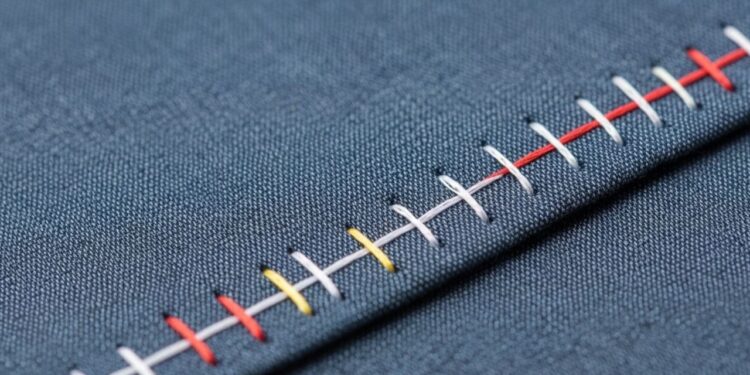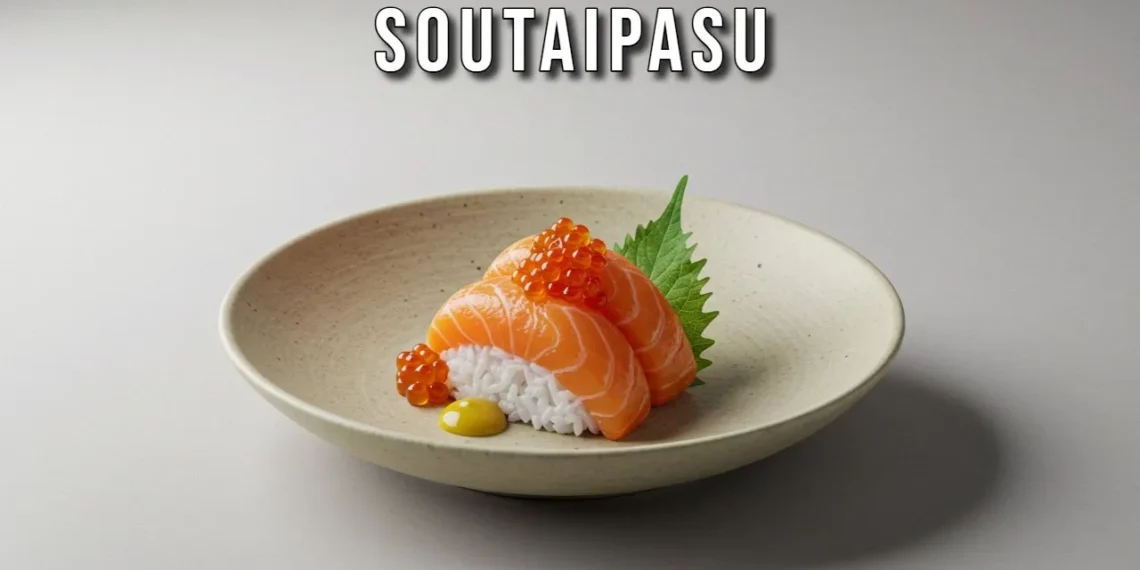Sewing is an art that opens up a world of creativity, and at the heart of every beautiful garment lies one crucial element: seams. These vital stitches not only hold fabric together but also define the shape and structure of your finished project. If you’ve ever marveled at a perfectly tailored piece or admired intricate details on a handmade item, you might have noticed how different seam types can transform the overall look.
Whether you’re a seasoned sewist or just starting out, understanding nahttypen—or seam types—is essential for achieving professional results. Each seam has its own purpose and aesthetic appeal, making it important to choose wisely based on your project’s needs. Ready to dive into the fascinating world of seams? Let’s explore their various forms and discover how they can elevate your sewing game!
Understanding the Purpose of Different Types of Seams
Seams play a crucial role in sewing, serving both functional and aesthetic purposes. Each type of seam is designed for specific tasks, ensuring that garments not only hold together but also look polished.
Basic seams like straight and zigzag stitches provide strength and flexibility. They are often used in everyday clothing, offering durability while allowing movement.
On the other hand, decorative seams add flair to your projects. French seams create an elegant finish inside garments, making them ideal for sheer fabrics. Flat-felled seams offer robustness while showcasing neatness on the outside.
Specialty seams serve unique needs as well; invisible seams hide stitching completely, perfect for hems where you want no visible threadlines. Lapped seams can help with bulky fabrics by adding stability without sacrificing style.
Understanding these distinctions helps you choose wisely when embarking on your next sewing adventure.
Basic Seams: Straight, Zigzag, and Overlock
Basic seams form the foundation of any sewing project. They are essential for joining fabrics together securely and effectively.
The straight seam is the most common type. It’s simple to sew, making it ideal for beginners. This seam provides a clean finish, perfect for garments or home décor items.
Next up is the zigzag seam. This versatile stitch allows for some stretch in the fabric, making it great for knits or other flexible materials. The zigzag also prevents fraying at raw edges—an added bonus!
Then we have the overlock seam, which is often used with sergers. It trims and finishes raw edges simultaneously, resulting in a professional look. Perfect for knit fabrics or when you want to prevent fraying while ensuring durability.
Each basic seam serves its unique purpose but offers endless possibilities in your sewing journey!
Decorative Seams: French, Flat-Felled, and Bound
Decorative seams can elevate any sewing project, adding flair and sophistication. Among these, the French seam stands out for its clean finish. This technique encases raw edges within a second seam, perfect for delicate fabrics.
Next is the flat-felled seam, known for its durability and neat appearance. Often found in denim garments, it features an enclosed edge that resists fraying while providing strength. This type of seam creates a polished look on both sides.
Bound seams offer another artistic touch by wrapping fabric binding around raw edges. They are ideal for unlined jackets or quilts, giving them a colorful contrast that enhances visual interest.
Using decorative seams not only improves aesthetics but also reinforces your work’s longevity and quality.
Specialty Seams: Invisible, Lapped, and Welt
Specialty seams add a unique touch to your sewing projects. One popular type is the invisible seam, perfect for hems and closures. It’s designed to be discreet, giving garments a polished look without visible stitching.
Lapped seams are another interesting option. They involve overlapping two pieces of fabric, creating a sturdy finish that’s often used in jeans or outerwear. This technique not only enhances durability but also adds style.
Welt seams bring an elegant flair to any project. Typically seen in tailored garments, this seam features a strip of fabric inserted into the join between two layers. The result is a clean and sophisticated appearance that’s hard to resist.
Each specialty seam serves its purpose while elevating your creations with distinct aesthetics and functionality. Experimenting with these options can open up new possibilities in your sewing journey.
Choosing the Right Seam for Your Project
Choosing the right seam for your project can make all the difference. Each type of seam serves a specific purpose and contributes to the garment’s overall look and durability.
Consider the fabric you’re working with. Lightweight fabrics may require delicate seams, while heavier materials need sturdier options. For example, a straight seam is great for woven cotton, whereas an overlock might be better suited for jersey knits.
Think about the functionality as well. If your piece will undergo stress or movement, opt for reinforced seams like flat-felled or lapped types. These provide extra strength without compromising style.
Aesthetic plays a key role too. Decorative seams can elevate simple designs into something special. Use techniques like French or bound seams when you want to showcase craftsmanship in garments that will be visible.
Take time to match your chosen seam with both function and form to achieve stunning results in every stitch.
Tips for Sewing Perfect Seams
Sewing perfect seams is all about precision and practice. Start by choosing the right needle for your fabric type. A sharp needle works wonders on woven fabrics, while a ballpoint needle is ideal for knits.
Use quality thread that matches your fabric. This not only enhances durability but also improves the overall look of your stitches.
Always press seams flat after sewing. This makes them easier to work with and gives a polished finish to your project.
Don’t forget to use pins or clips to keep layers aligned during sewing. It prevents any shifting that could ruin straight lines.
Take it slow! Rushing can lead to mistakes, so enjoy each stitch as you bring your vision to life.
Conclusion
Choosing the right seam type can dramatically affect the outcome of your sewing projects. Each nahttypen serves a specific purpose, whether it’s to enhance durability, add style, or provide functionality. Knowing when and how to use basic seams like straight and zigzag will set a solid foundation for your creations.
As you delve into decorative options such as French or flat-felled seams, you’ll discover that they not only improve aesthetics but also elevate the quality of your work. Specialty seams like invisible or welt offer unique solutions for those seeking precision in their designs.
Remember that practice is key to mastering these techniques. Experimentation with different types of seams allows you to find what works best for each project. With patience and creativity, you’ll be able to sew perfect seams every time.
Embrace the variety within nahttypen and let them inspire you in all your future sewing endeavors!






